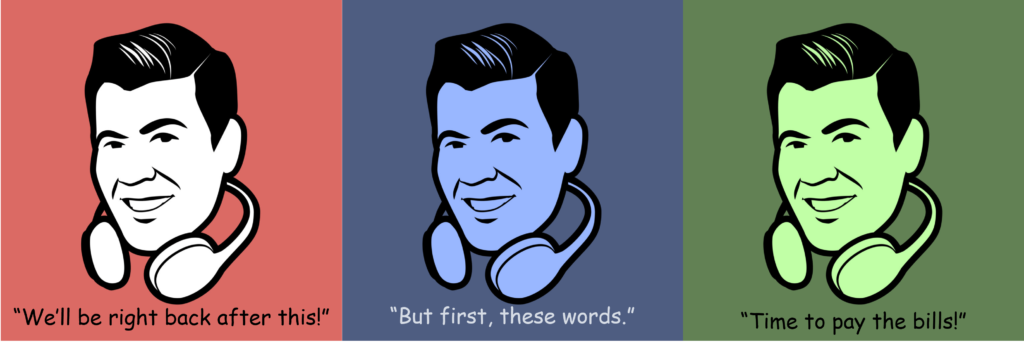
In yesterday’s post, we took on the difficult topic of AM/FM radio’s basement position among 15 media platforms, rated by marketers throughout the globe in a new Nielsen study. These rankings were frankly demoralizing and disheartening – but not unexpected.
For more than a couple decades now, commercial stop loads on broadcast radio stations have been allowed to swell, creating a mostly bad experience in the biggest media markets in the country.
Radio’s suboptimal experience eroded even more with the advent of PPM back in 2007 when it became conventional wisdom stations should only program two commercial stopsets per hour. This immediately created extra-long bloated breaks, often scheduled at roughly the same times in a given hour across most market stations.
When listeners complain about “too many commercials,” and asked “Why do all the stations play commercials at the same time?” they are largely correct. “Bowtie” stopsets and many commercials in a row typify the average station. And during a time when music programming from other platforms such as satellite radio or digital streaming platforms are commercial-free, broadcast radio’s ad-supported model looks even shakier.
commercials in a row typify the average station. And during a time when music programming from other platforms such as satellite radio or digital streaming platforms are commercial-free, broadcast radio’s ad-supported model looks even shakier.
The sad part is that while radio broadcasters look to innovate on many fronts – formats, personality, and marketing – there is no apparent urgency to find an answer to the “too many commercials” problem. Most simply accept that it’s the price audiences must pay for a free over-the-air service. And as we learned in Techsurvey 2022, even core fans are less likely to spend time with AM/FM. The Nielsen report is a strong indicator advertisers are punishing broadcast radio by spending less marketing dollars on the medium, while also questioning its effectiveness.
Over on the TV side, it’s a totally different story.
That’s because video streaming companies, including Netflix, are facing subscriber decreases. They are also realizing that while a subscription service platform can be immensely successful, there’s financial upside in a less expensive ad-supported model.
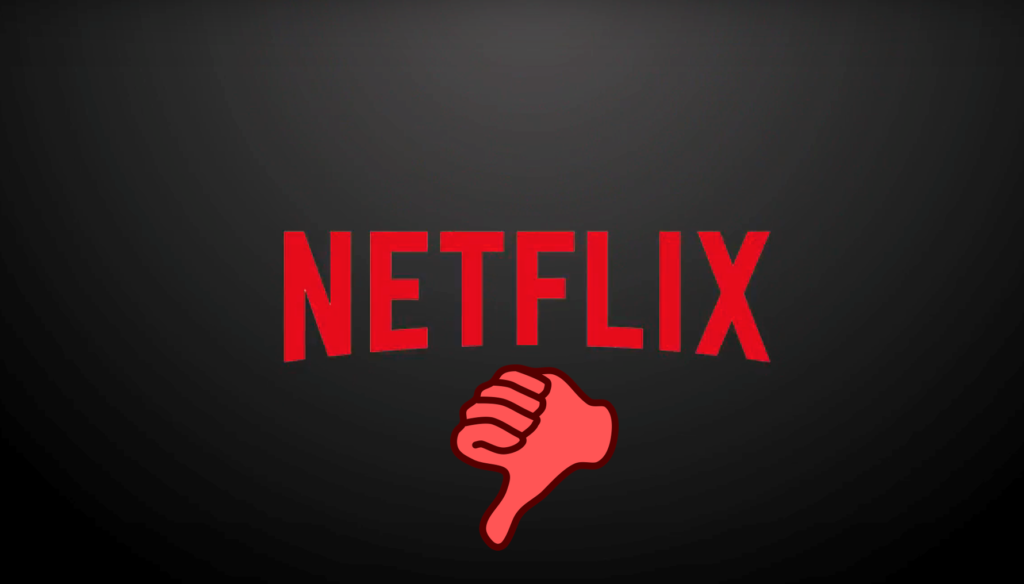 A new story in Fast Company focuses on Netflix’s efforts to devise a lower tier service with commercials. Its CEO, Reed Hastings, refers to consumers who might consider this model “ad tolerant.”
A new story in Fast Company focuses on Netflix’s efforts to devise a lower tier service with commercials. Its CEO, Reed Hastings, refers to consumers who might consider this model “ad tolerant.”
As reporter Rob Walker concludes, this group might be none of us – or all of us:
“Pretty much, none of us chooses to take in ads. But by now we all know that absolutely none of us can avoid them. Period.”
But video streamers are hell bent on innovating ways to make commercials less interruptive and annoying. A recent report in Marketing Brew by Kelsey Sutton says Netflix, Hulu, Disney+ and others fighting it out for share are in a fight to become “the least-disruptive advertising experience in the industry.”
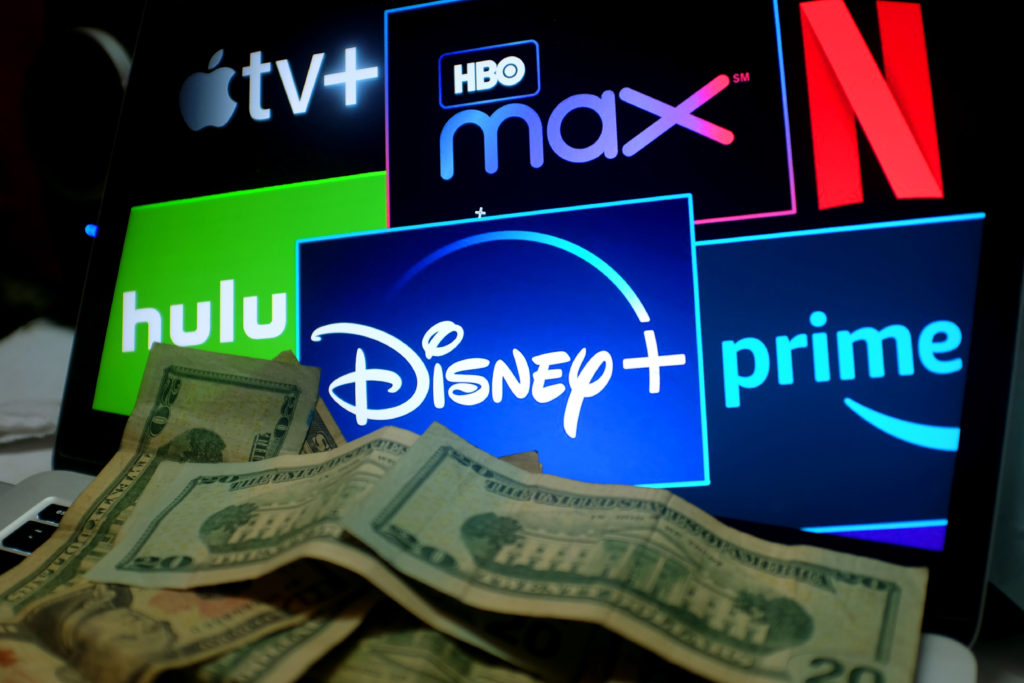
At least they’re trying.
These companies are conducting research to better understand the space, as well as how much advertising viewers will and will not tolerate. Sutton quotes Peter Blacker, EVP of global ad sales and partnerships at NBCUniversal:
“Below-average content plus above-average glitching (and) sky-high ad loads equals rock-bottom consumer engagement.”
Go ahead and let that one sink in.
His Peacock network’s antidote? “One of the lowest (ad) loads in streaming.”
Of course, Blacker was taking shots at his competitors. But he may as well have been talking about commercial radio.
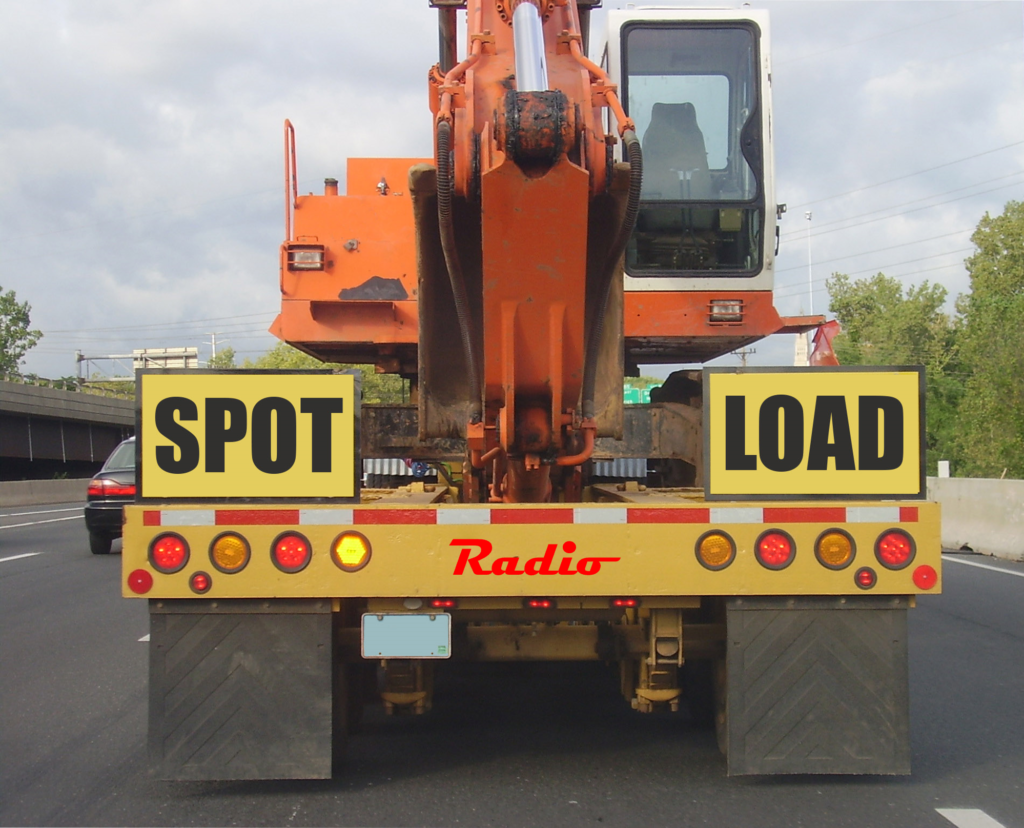 Not surprisingly, spot loads are becoming a content priority across the TV/video spectrum, but it’s rarely even discussed in radio strategy sessions, research surveys, or at industry conferences. Radio broadcasters spend fortunes on testing music and talk topics, always trying to eliminate tune-out. But they accept extra-long stopsets as simply the cost of doing business.
Not surprisingly, spot loads are becoming a content priority across the TV/video spectrum, but it’s rarely even discussed in radio strategy sessions, research surveys, or at industry conferences. Radio broadcasters spend fortunes on testing music and talk topics, always trying to eliminate tune-out. But they accept extra-long stopsets as simply the cost of doing business.
Not so with video streaming platforms where the competition is fierce. In the same Marketing Brew story, HBO Max exec, J.P. Colaco, promised a “best in class” commercial load of no more than four minutes per hour. Discovery+ is in the same range with its “ad-light” model, while Peacock has fired back with a maximum of just five ads an hour.
But it’s not just about setting limits on minutes or units. Amazon has a “virtual product-placement tool that inserts products directly into shows.” Peacock, meanwhile, has a similar concept that runs a “frame ad” that surrounds the video program.
Other concepts – including “pause ads” or “binge ads” – are being tried as well.
The bottom line is that innovation and experimentation are welcome and necessary if a video streaming service is able to crack the commercial code.
Why couldn’t radio companies make similar attempts to embed ads in different places in the hour? While it’s true that an audio medium has display limitations compared to video, radio programmers are a creative lot.
Imagine what could happen if the programming teams within companies were tasked with coming up with a different, slimmed-down ad model for radio? Or better yet, the best and brightest from several companies working together to create more innovative commercial architectures.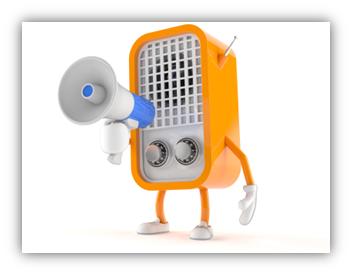
While they may not agree on much, every CEO in the radio business knows one thing for certain:
If you don’t ask for innovation – OK, demand it – it’s not likely to happen organically.
Is there a solution to commercial radio’s commercial problem?
Of course, there is.
- Media And Technology In 2025: Believe It Or Not! - April 18, 2025
- In Radio, You Just Never Know - April 17, 2025
- The Secret To Making A Great Podcast (And Great Radio) - April 16, 2025




Is there an answer? Sure there is. Get the people at the top of the food chain to understand what you’re saying, Fred. Too many commercials is what is driving this race to the bottom. If I were king of the world (which I am not), I’d cut the load by about three or four minutes (minutes not units) go back to three or four stop sets…and promote the hell out of the fact that we’re offering “more music per hour” and “fewer commercials when the music stops”. Sales people would be told to go back to pushing 30’s and 60’s and allow the Production Director to “get creative again”. It’s damn tough to be creative with a “blink”, or a ten or fifteen second spot when the client wants to make 5 copy points in it. Yes, I’m dreaming. But…
You’re dreaming, but you’re thinking – and that’s a good sign. None of us is king of the world, or even king of radio. (Sometimes I feel like the court jester!) It’s taken us years and lots of turning the other way to get here, Kevin. The road back will be a painful one. But it is clearly the biggest impediment to broadcast radio truly getting back in the game.
Actually one of the few times a listener has come up and said something positive about commercials is when a station I worked with took up the 2 minute guarantee. We’ll have you back to the music in 2 minutes starting now!
A listener came up and proceeded to tell me how we got that listeners attention span wasn’t what it used to be and that we really understood how people want to listen to new (alternative) music.
A twenty minute conversation with a listener about commercials and none of it was a complaint. The nice thing about the 2 minute guarantee is we don’t say how many stop sets we’ll run in an hour…So if demand got big we could run 3 or 4 to cover.
I’m proud to tell you I was part of the programming team at KNDD/Seattle that I believe was the first to try “2 Minute Promise.” It wasn’t my concept, but I was thrilled Entercom was bold enough to try it. Our challenge was to market “”2MP” on the air, and create a clean, unique experience.
And in a marketplace filled with radio stations all with bloated with commercials, the station not only stood out, but it soared in the ratings. At its height, it was consistently top 5 25-54 adults, not bad for an Alternative station.
But of course, despite the station’s best efforts, the sales department struggled to bring in rates high enough to make “2MP” work. You can pin the blame on sales people and sales management, or on agencies and retailers not smart enough to grasp the environment was stellar for advertisers, and worth the extra money. That’s the sad reality.
THERE.IS.NO.MORE.IMPORTANT.ISSUE.TO.RADIO.THAN.THIS.
NONE.
I AGREE! 🙂
As a retiree now, and hence on the Listener side of the table alone for the duration, I’ll say this: One of my favorite local broadcasters is a commercial radio station that plays good music. Yes, they run ads, but I usually don’t tune away. You know what keeps me tuned in, Fred? Aside from the fact they’re local/regional outfits whose products or services I can relate to, and might even need, the production is mostly non-hectoring. You know the kind of voiceover that grates like fingernails on a chalkboard–quit that! Just talk to me like an adult with something north of a room-temperature IQ and I’ll stick around. It’s not rocket science.
Is this suggestion the solution you were calling for? No, it’s not, but it might keep people listening long enough for the true solution to emerge and save radio’s bacon.
I’m sure that Jerry Lee is smiling at your comment, John. Aside from the fact the station speaks to with its content and personalities, perhaps they’ve taken the time, effort, and care to produce ads that aren’t repellent. Not a bad concept.
Two thoughts. One is how an embedded ad WITHIN a song might sound–assuming technology could recreate the artists own voice for the ad. I’m thinking of something like Lady Gaga singing about the “P-P-P-Poker faces you can join at Blue Sky Casino and Lodge.” Ok, maybe not.
The other is childhood hero Paul Harvey–who could so seamlessly work an ad into his newscasts that you weren’t sure if you even HEARD an ad by the time he was done and you were heading to the store for Kellogg’s Corn Flakes.
Learn from greats like Mr. Harvey and radio just might find itself once again having a…(sorry, can’t resist)…Good Day!
Dave, the Paul Harvey is a good example of ad embed in ways that actually have entertainment value. “Page 2!”
Although it seems to us that the digital world has been around for many years, the truth is that it is still way too new, and little by little it is encountering the same problems that traditional media such as radio and television faced in their beginnings.
Sure, the difference is that technology is now changing at a faster pace than before, but the problems are similar.
Sooner or later, when the accumulated losses can no longer be sustained, when the partners no longer want to contribute more to maintain commercial-free streaming systems, and the users realize that they are simply spending too much money on paid services by subscription, these platforms will be filled with commercials, just like what happened with traditional media.
They too will face problems. The digital world is not perfect. It’s not even ideal. What happens is that we are all dazzled by it.
The problem is that if when that time comes, as Fred suggests, the radio does not take action on the matter right now, the radio could already have disappeared…
Tito, good observations here. It is remarkable to watch services like Netflix and Disney+ move to ad-supported models. And yet, broadcast radio has abused their platform to a point where many find it unlistenable – on the air or online. You’d like to think these two worlds will come together, and smart minds will come up with better experiences so consumers can enjoy content, while companies can find a way to turn a profit on it.
Combining yesterday and today’s columns – Is there a point where we just conclude that the people in charge of radio just don’t care?
No one with a good handle on reality could sensibly think that being last in perceived effectiveness is just the result of poor story telling. Does anyone believe that radio’s C-Suite will call on some of those people in the survey and ask them why they feel as they do about radio and what could be done to change their minds? If that had been done, they would already know what that Nielsen study was going to say. Does anyone reading this think that those ad execs are wrong…that being the 10th advertiser in a 7-minute cluster is the place to be to for effective messaging?
And they know why too – they have their own research that has shown them that the biggest turn off is commercial load, yet they haven’t even sniffed at trying to address it. That same research has reported repeatedly that one of radio’s biggest draws is local personalities, yet radio has fewer and fewer of them every year.
Can someone explain this – seriously.
After the 2 Minute Promise failed – and by that I mean sales departments were unsuccessful at getting premium rates for half the spot load – many owners and senior managers may have thrown in the towel. In some ways, it’s easier to run oodles of spots an hour than it is to actually work harder to get higher costs per spot. Plus, the erosion is invisible if everyone in town is running the same number of minutes/units. It’s a situation where everyone shrugs, admits it’s not optimal, but no one makes the effort to do something about it. It’s a sad commentary on the business, Bob, because there was a time when we would have innovated our way out of this mess.